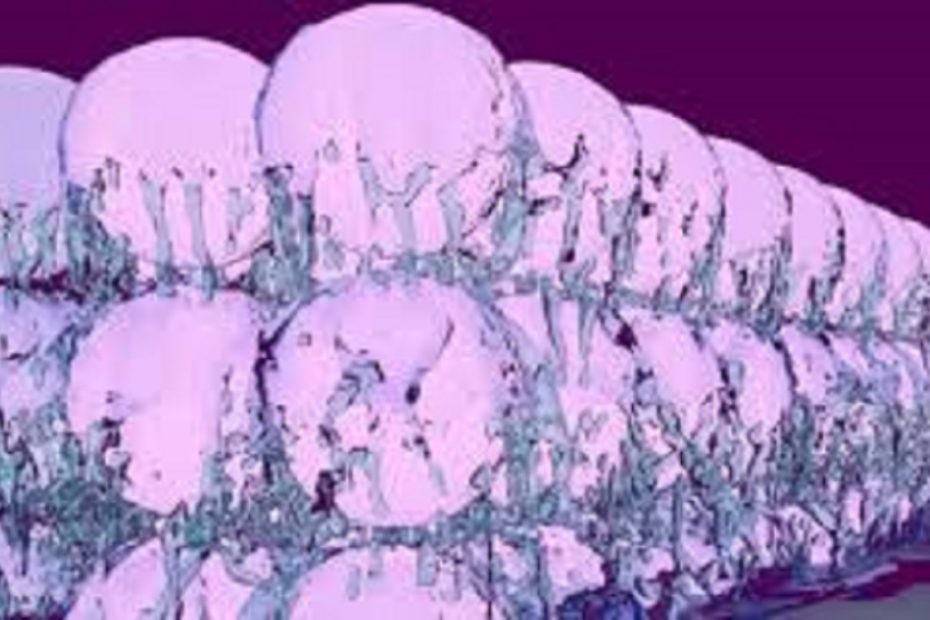A Strange Possibility in Physics
For decades, physicists believed the known states of matter—solids, liquids, gases, and plasmas—were the whole story, with quantum phases like superconductors and superfluids being rare exceptions. But the universe continues to surprise us. In recent years, scientists have uncovered experimental evidence for an entirely new and exotic state of matter: the supersolid.
At first glance, the name sounds contradictory. A solid, by definition, is rigid and structured; its atoms lock into an ordered lattice. A superfluid, on the other hand, flows without resistance, defying the normal rules of viscosity. How, then, can matter be both solid and superfluid at the same time? That paradox is exactly what makes supersolids so fascinating.
The Theoretical Roots
The idea of supersolidity is not new. In the late 1960s, Soviet physicist Alexander Andreev and others proposed that under the extreme conditions of near absolute zero, certain quantum effects could allow a solid to exhibit superfluid-like properties.
In simple terms, quantum mechanics allows particles to behave like waves. If these waves overlap strongly enough, atoms can enter a “collective” state where they all move in harmony. This is what happens in a superfluid. In a supersolid, the remarkable prediction was that atoms could form a crystalline structure like a normal solid—but at the same time, a fraction of them would behave collectively as a frictionless fluid flowing through the lattice.
It seemed like science fiction. For decades, experiments searched for proof without success.
The First Hints in Helium
The earliest serious attempts to find supersolids focused on helium-4, the same element famous for becoming a superfluid when cooled to 2.17 Kelvin. Researchers suspected that solid helium, under extreme pressure and near absolute zero, might display supersolid properties.
In 2004, a team at Pennsylvania State University reported tantalizing evidence: they observed unusual behavior in rotating solid helium samples, as though part of the mass were “decoupling” and moving freely. It sparked excitement worldwide. But further experiments revealed inconsistencies—what they saw might not have been a true supersolid but rather experimental artifacts.
The helium mystery is still under investigation, but it opened the door for new methods and new ideas.
Breakthroughs With Ultracold Atoms
The most convincing progress came not from helium, but from the realm of ultracold atomic gases. By cooling atoms such as rubidium or dysprosium to billionths of a degree above absolute zero and trapping them with laser fields, physicists could engineer environments where quantum effects dominate.
In 2017, two independent research groups—one in Switzerland and another in Italy—successfully created supersolids using Bose–Einstein condensates (BECs). These condensates are already exotic, behaving as giant “quantum waves” of matter. By carefully tuning interactions between the atoms, the researchers induced the condensates to spontaneously form crystal-like density patterns while still retaining their superfluid ability to flow without resistance.
For the first time, the contradiction was realized: a state of matter that was both ordered like a solid and frictionless like a superfluid.
Why Supersolids Matter
The discovery of supersolids is more than just a scientific curiosity. These systems are a new platform for exploring fundamental questions about quantum many-body physics—how large groups of particles behave under quantum rules.
Some potential implications include:
- Quantum Simulations: Supersolids may serve as analogs for complex materials, helping scientists study exotic phases not otherwise accessible.
- Precision Measurement: Their delicate quantum structure could enhance future sensors or atomic clocks.
- New Physics: Supersolids could shed light on symmetry breaking, collective excitations, and even cosmological phenomena, since similar processes may have occurred in the early universe.
A Glimpse of the Future
Today, supersolids exist only under extreme laboratory conditions, often requiring temperatures just a fraction of a microkelvin. But history shows that exotic physics in the lab often leads to revolutionary technologies—consider how superconductivity, once purely academic, now underpins MRI machines, particle accelerators, and quantum computing.
The emergence of supersolids marks a milestone in our quest to understand matter in all its forms. From the rigidity of stone to the fluidity of helium, and now to states that defy classical logic, nature continues to remind us that reality is far richer than common sense suggests.
As one physicist remarked, “Supersolids are where order meets motion, where rigidity meets flow.” They are not just a new state of matter—they are a window into the strange and beautiful fabric of the quantum world.
